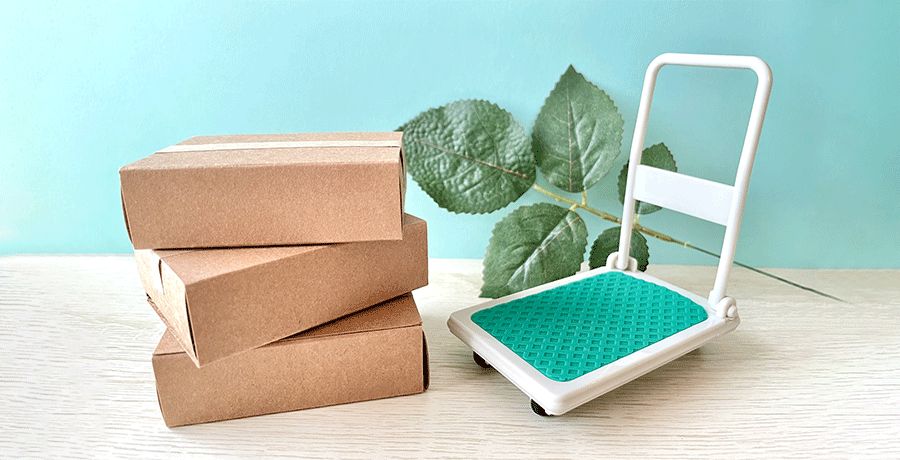『USAローリングス内野用グローブ【2025カレンダーの人気アイテム】 』はセカイモンでkJ-800a2719eeから出品され、848の入札を集めて01月14日 01時 26分に、11,440円で落札されました。即決価格は11,440円でした。決済方法はに対応。高知県からの発送料は落札者が負担しました。PRオプションはストア、取りナビ(ベータ版)を利用したオークション、即買でした。
商品詳細
USAローリングス(Rawlings) 硬式(軟式使用可能)内野グローブ 11.25インチ 2014ゲーマーXLEシリーズ 右投用 オレンジ G1125PTO 日本未発売品
キャッチボール程度の利用。
撮影時のボールおまけ付き
お値引き❌
すり替え防止の為、返品交換には応じません。
商品の情報
| カテゴリー: | スポーツ>>>野球>>>グローブ |
|---|---|
| 商品の状態: | 目立った傷や汚れなし |
| ブランド: | ローリングス |








今買える商品を探す
入札件数
848 入札履歴
残り時間
終了
- 落札情報
- 出品者情報
- 落札価格
- 11440円
- 開始価格
- 11440円
- 即決価格
- 11440円
- 入札単位
- 100円
- 商品状態
- 新品、未使用
- 個数
- 1
- 開始日時
- 2024.12.31 3:27
- 終了日時
- 2025.01.14 16:52
- 自動延長
- なし
- 早期終了
- なし
- 入札者評価制限
- あり
- 入札者認証制限
- あり
支払い・配送方法
- 支払い方法
-
- 送料負担
- 落札者
- 発送元
- 高知県
- 海外発送
- 対応しません
- 発送方法
- -
商品説明
こちらの商品をお気に入り登録しませんか?
オークファンの無料会員に登録すれば
一度検索した商品をお気に入り登録可能。
マイブックマーク機能で
いつでもすぐに登録した商品を
見返すことができます。
既に会員の方はこちらからログインをお願いいたします
会員登録で同じ商品を出品!
「同じ商品を出品する」機能のご利用には
オークファン会員登録が必要です。
入札予約
最大10年分の相場を簡単検索!
価格を表示するには、
オークファンプレミアム(月額8,800円/税込)の登録が必要です。
まずはお試し!!初月無料で過去の落札相場を確認!
- ※クレジットカードのみ初月無料の対象となります。
-
※登録月が無料となり、登録月の翌月より料金が発生します。
初月無料対象月内に利用再開を行った場合、初月無料の対象外となります。
期間おまとめ検索とは?
オークションで稼ぐための人気機能!

「期間おまとめ検索」を使えば、複数月をまたいだ指定期間の相場検索が可能です。レアな商品の相場や過去の出品数をまとめて確認できます。
さらに、オークファンプレミアムに登録すると最大過去10年分の相場データが月1,200回まで閲覧可能です。
最大10年分の相場を簡単検索!
価格を表示するには、
オークファンプレミアム(月額2,200円/税込)の登録が必要です。
まずはお試し!!初月無料で過去の落札相場を確認!
- ※クレジットカードのみ初月無料の対象となります。
-
※登録月が無料となり、登録月の翌月より料金が発生します。
初月無料対象月内に利用再開を行った場合、初月無料の対象外となります。







